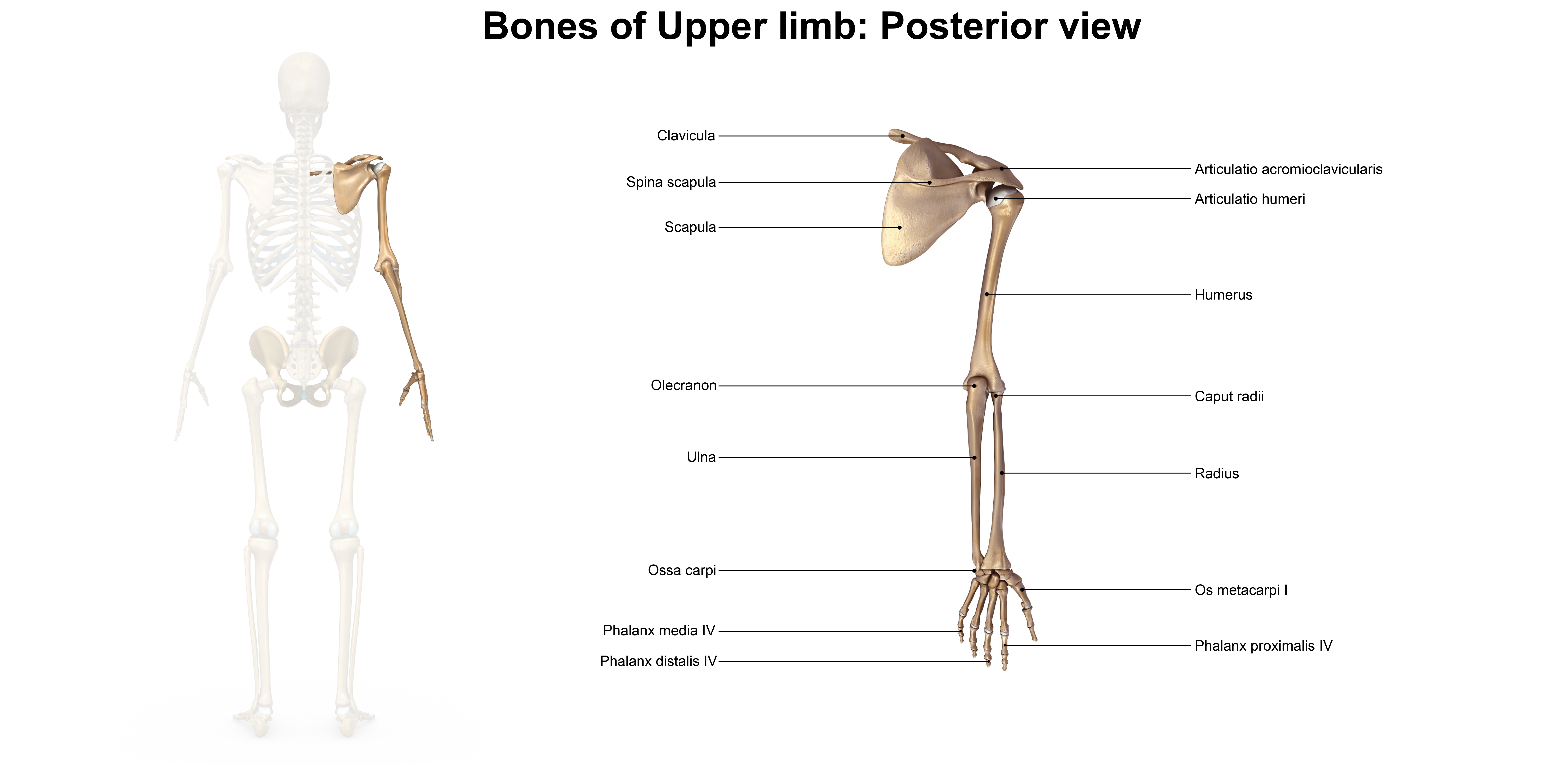The Triangular fibrocartilage complex of TFCC is a combination of ligamentous and cartilaginous tissue that is integral to helping cushion, as well as stabilize the space in between the ulna and radius bones on the small finger side of the wrist. It consists of many different structures including an articular disc, meniscus homologue, ulnocarpal ligament dorsal and volar radioulnar ligament and an extensor carpi ulnaris sheath. Due to its structural complexity, this tissue that can be vulnerable to damage and injuries are common. While there are multitudes of ways to injure one's TFCC, the mechanisms are likely due to trauma or repetitive movements. A common example of force trauma would be falling onto an outstretched arm or experiencing a quick twisting force while bearing weight through the wrist. When looking at repetitive overuse movements, sports such as tennis or volleyball can result in injuries to this area, especially when using grips that place heavy topspin on the ball. If someone has suffered a traumatic fall it is likely classified as a type 1 traumatic tear. If their injury is the result of a degenerative condition such as rheumatoid arthritis then it will be classified as a type 2 degenerative or chronic tear. While both are quite painful and limiting injuries, Type 1 seems to have a higher prognosis of reparability.
Common Symptoms of TFCC
Either way, if someone fears they have torn their TFCC there are a few common symptoms that they will likely experience including increased swelling, painful clicking with mobility in the wrist, pain with gripping, pain at the back of the wrist on the pinkie side of wrist, pain when lifting any heavy weighted objects, and/or pain when bending the wrist to the pinkie side and turning the palm downward.
In order to determine the full extent of injury to the TFCC, ordering the appropriate diagnostic imaging will be essential. Magnetic resonance arthrography or MRA is the gold standard most accurate way for properly diagnosing a TFCC tear. Depending on the degree and severity of the tear, some will be managed conservatively, while some will require surgical intervention.
Treatments of TFCC
Regardless, more often than not non-operative methods will be attempted first, and entail an initial period where the wrist will be splinted for at least four to six weeks. This should suffice time for the beginning stages of tissue healing and scar formation to take place. Certain modalities such as ultrasound, laser or interferential current can be used at this time to help promote increased circulation as well as to assist with pain control. Once the adequate time for healing has been determined, then it will be time to slowly reintroduce gentle mobility and strength back into the wrist and hand. As the TFCC is a delicate array of tissue that is integral to the full function of one's wrist, the mobility and strengthening component of the rehabilitation should not be taken lightly. Early reintroduction into activities including sport and/or physically demanding workloads is a safe ticket to reinjuring the wrist and further limiting one's self from making a full recovery. The full scope of the rehabilitation needs to be taken seriously and should be under the guidance of a trained medical professional.





